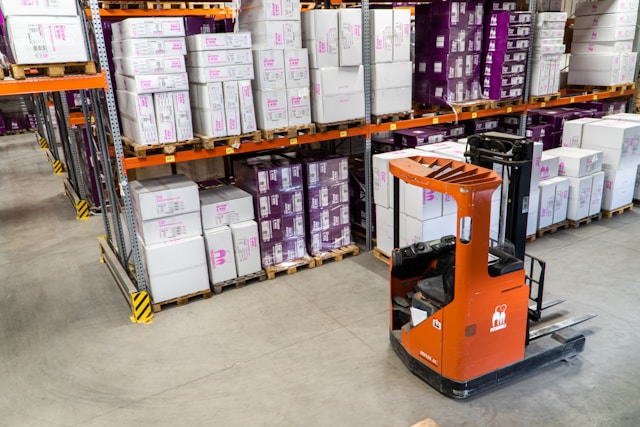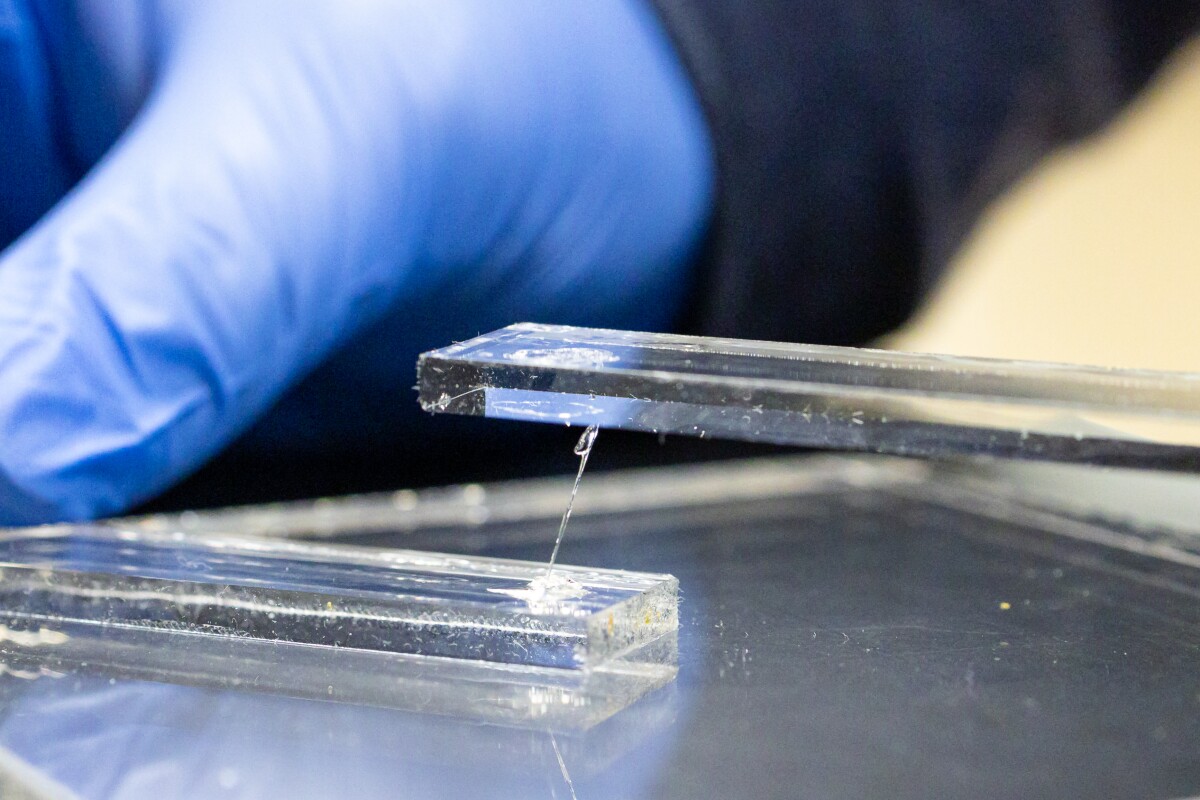The air around us contains a significant amount of energy, as evident from the power of lightning bolts. While the presence of energy in the air, as demonstrated by lightning bolts, is not surprising, the ability to harness it consistently and continuously is the key challenge.
Now, a recent study by a team of engineers at the University of Massachusetts Amherst reveals that a perforated nanofilm has the potential to continuously harness this abundant energy.
Extracting energy from humidity is an intriguing approach.
The fact that the system was able to operate continuously, and generate output beyond a 10-month test window indicates its reliability and long-term viability as compared to other technologies.
Despite its simplicity, no one has come across this idea before.
This principle is based on the fact that airborne water molecules typically travel approximately 100 nanometres before colliding with other molecules. By directing the airflow through a material containing holes smaller than this distance (around 1000 times thinner than a human hair), the molecules interact with the material and each other, causing a reduction in their speed.
The study involves two layers of nanofilm. The top layer consists of perforations smaller than 100 nm, serving as a sieve that captures water molecules on its surface, temporarily holding them before they can pass through the pores. As these molecules accumulate on the upper film, they generate a natural electrical charge, which exceeds the charge present on the lower layer of the film. This imbalance between the two layers results in the creation of an electrical current, reminiscent of the formation of lightning within clouds.
Due to the outstanding thinness of the material, it becomes feasible to stack thousands of these nanofilm layers on top of each other, significantly increasing energy production without a noticeable increase in size. This stacking capability holds the potential for a device that can deliver kilowatt-level power, making it suitable for general electrical utility usage.







